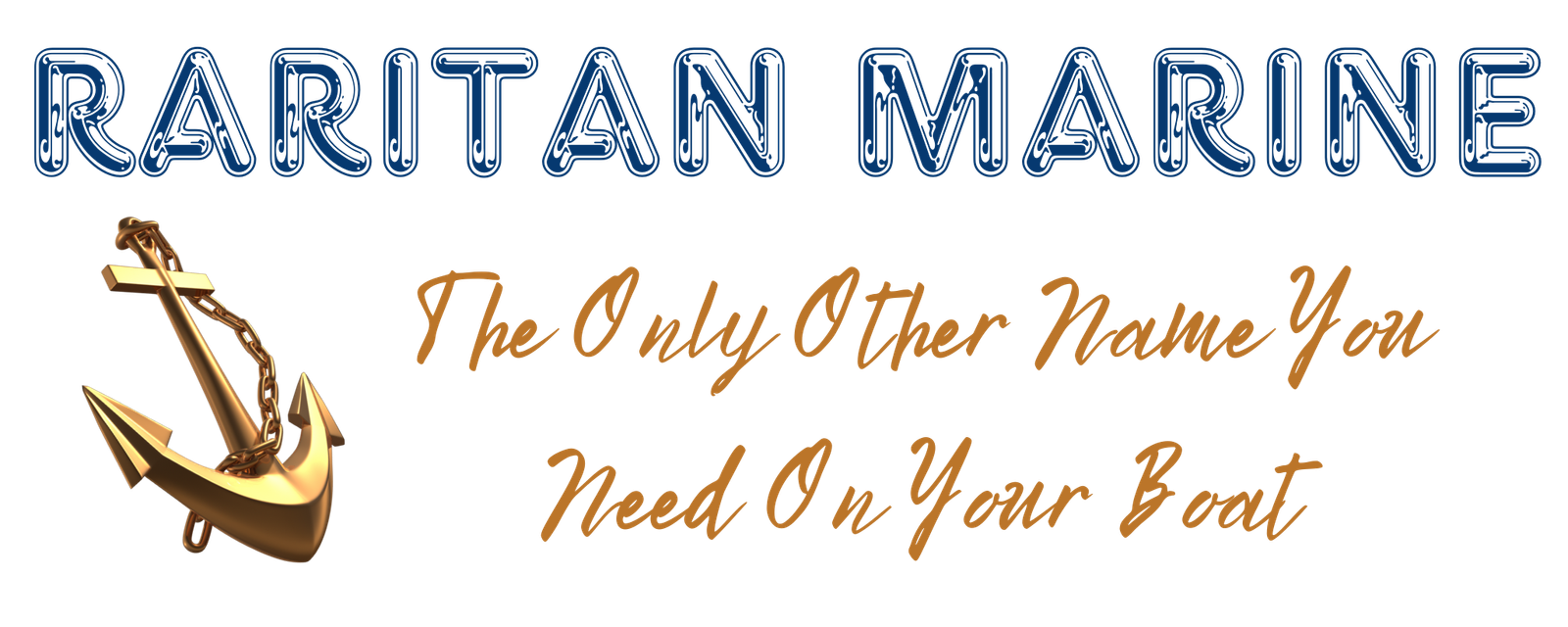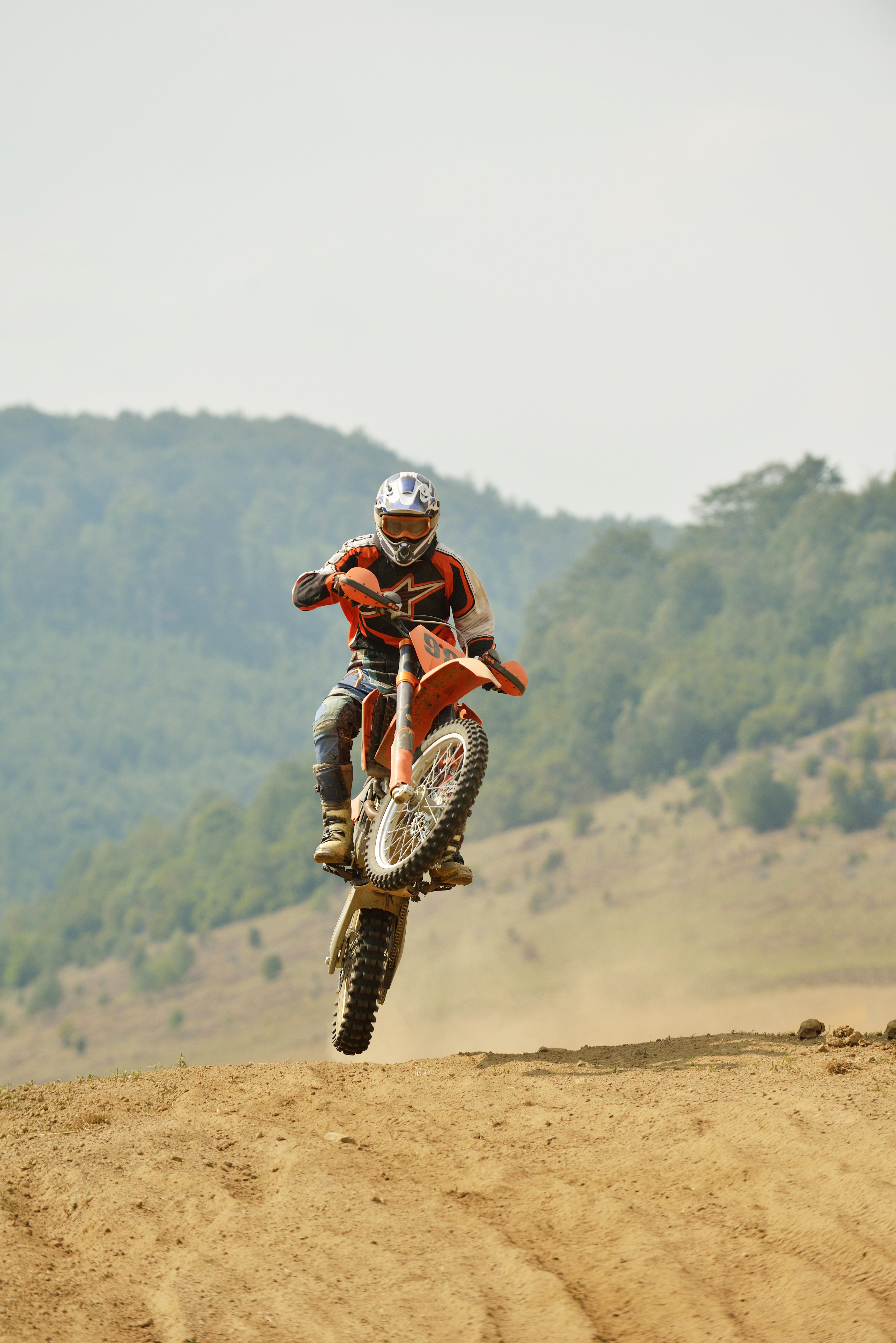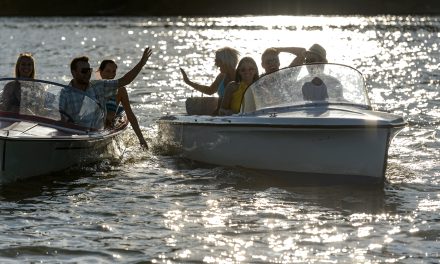If you are considering purchasing a boat, you will be faced with many decisions. One of the most important decisions that you will need to make is what type of motor you want to use for your boat. There are several different types of motors available today, and each one has its own advantages and disadvantages. In this article we will discuss some of the different types of motors and how they work.
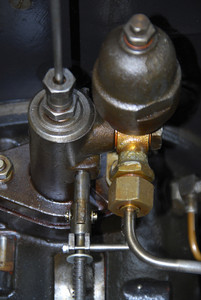
The most common type of motor used for boats is the outboard motor. This motor is mounted on the back of the boat and provides propulsion through a propeller. Outboard motors are very common and are found in almost every boat. They are inexpensive and provide good performance. However, there are a few drawbacks to using an outboard motor. The main drawback is that outboards do not have a reverse gear. If you need to turn around in a tight area, you may need to push the boat in reverse until it comes up to speed before turning around. Another drawback is that outboards can only be operated by someone standing on the deck of the boat.
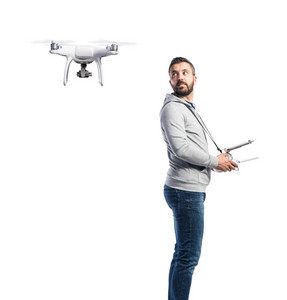
Inboard motors are also commonly used for boats. These motors are installed inside the hull of the boat and power the boat through an internal combustion engine. Inboards have the advantage of having a reverse gear. However, inboards are more expensive than outboards, and the cost can add up quickly if you purchase multiple inboards. Also, inboards have a lot of moving parts which can be difficult to maintain.
Electric motors are becoming more popular as a way to power a boat. Electric motors are quiet, efficient, and require little maintenance. However, electric motors are not designed to be used in all conditions. For example, electric motors are not designed for long periods of time without being recharged. Also, electric motors are not very powerful, so they are not suited for heavy loads.
Hydrostatic motors are a combination of an electric motor and a hydraulic pump. The hydraulic pump is connected to the motor through a hydraulic line. The hydraulic line connects the motor to a valve that controls the flow of hydraulic fluid. The flow of hydraulic fluid is controlled by a foot pedal or other control mechanism. The foot pedal controls the flow of hydraulic fluid into the hydraulic pump. When the flow of hydraulic fluid increases, the pump draws additional fluid from a reservoir tank. As the hydraulic pump draws fluid from the reservoir tank, the pressure in the hydraulic line increases. The increased pressure causes the valve to open, allowing more fluid to flow to the motor. When the motor is turned off, the hydraulic fluid in the system is returned to the reservoir tank by the pump.
Hydraulic motors are very powerful, but are also very sensitive to leaks. If a leak develops in the hydraulic line, the pressure in the hydraulic system will drop. When the pressure drops below a certain level, the valve will close, stopping the flow of hydraulic fluid to the motor. To prevent a loss of power, the hydraulic lines should be checked regularly for leaks.
